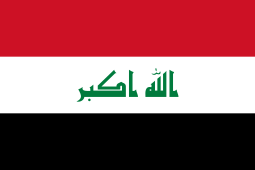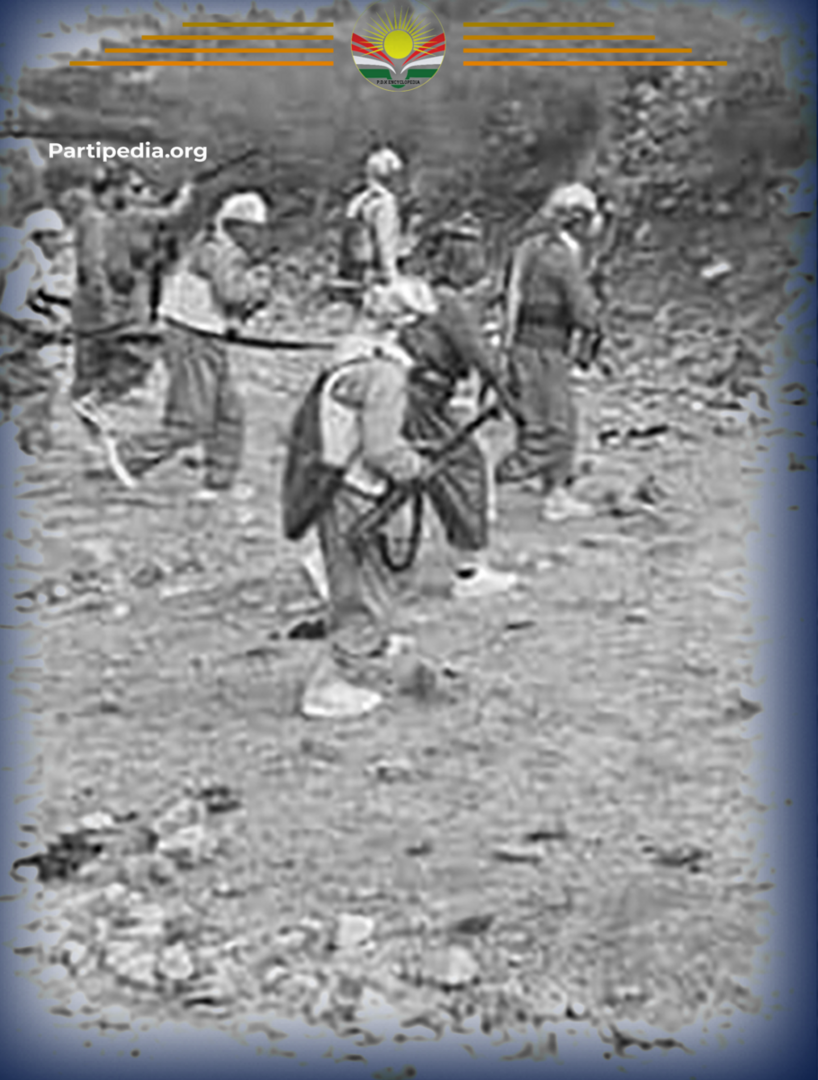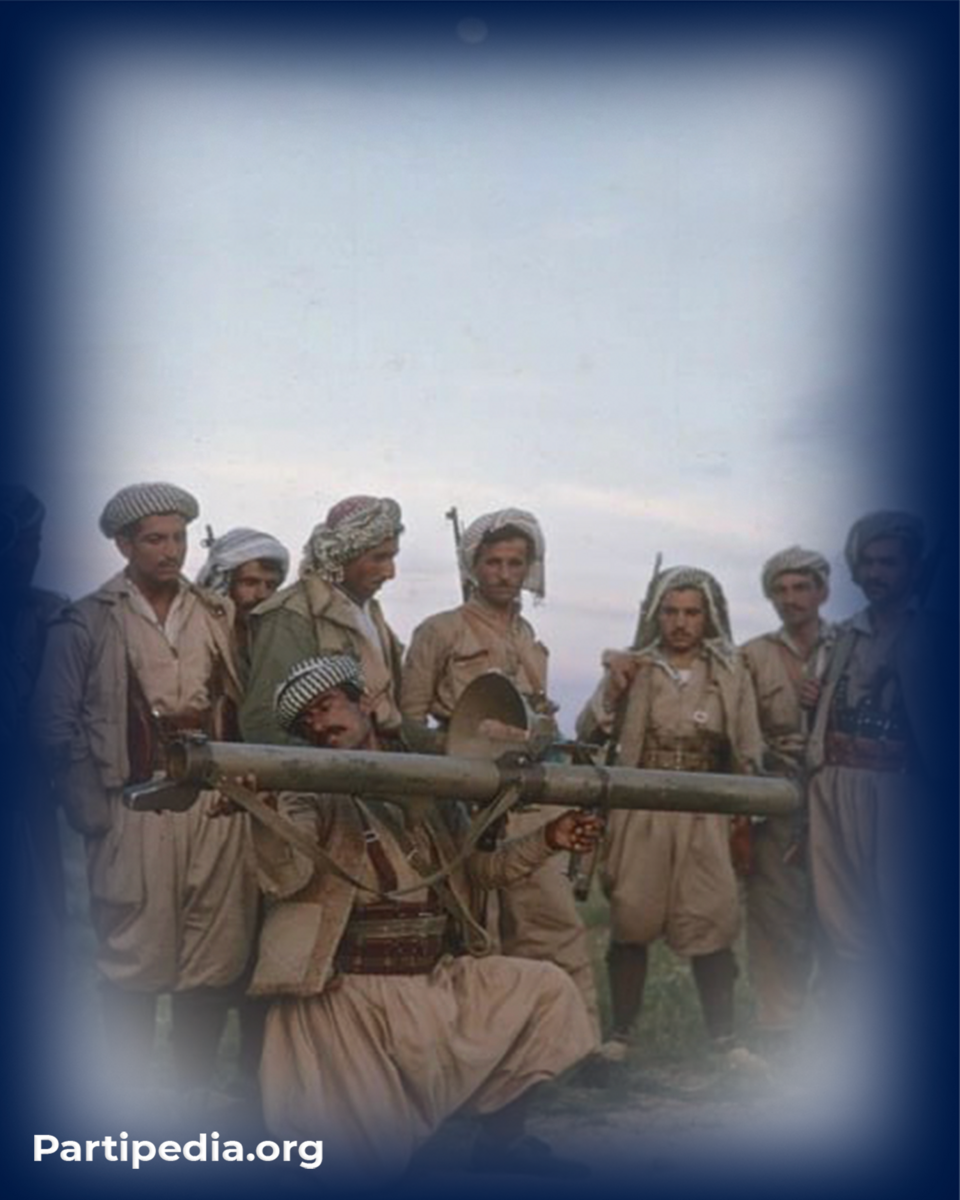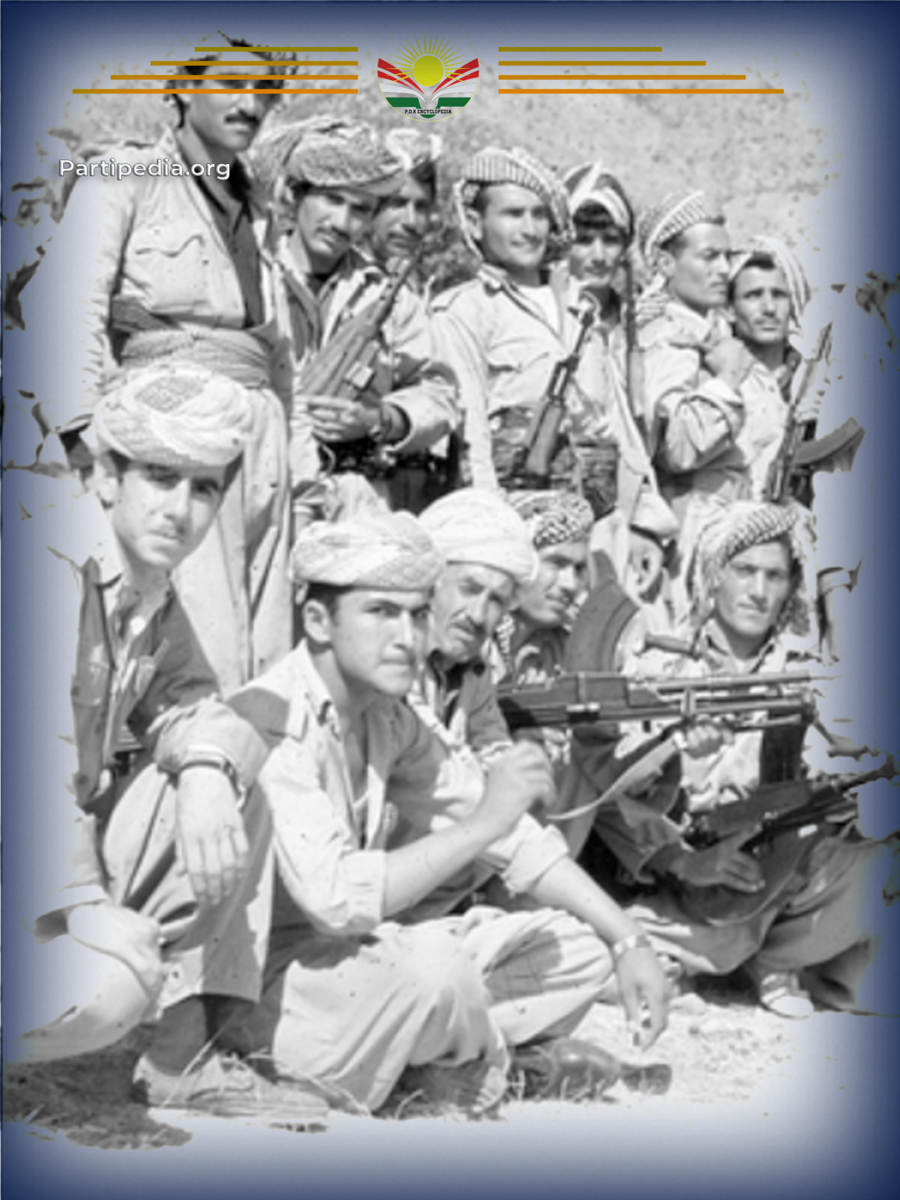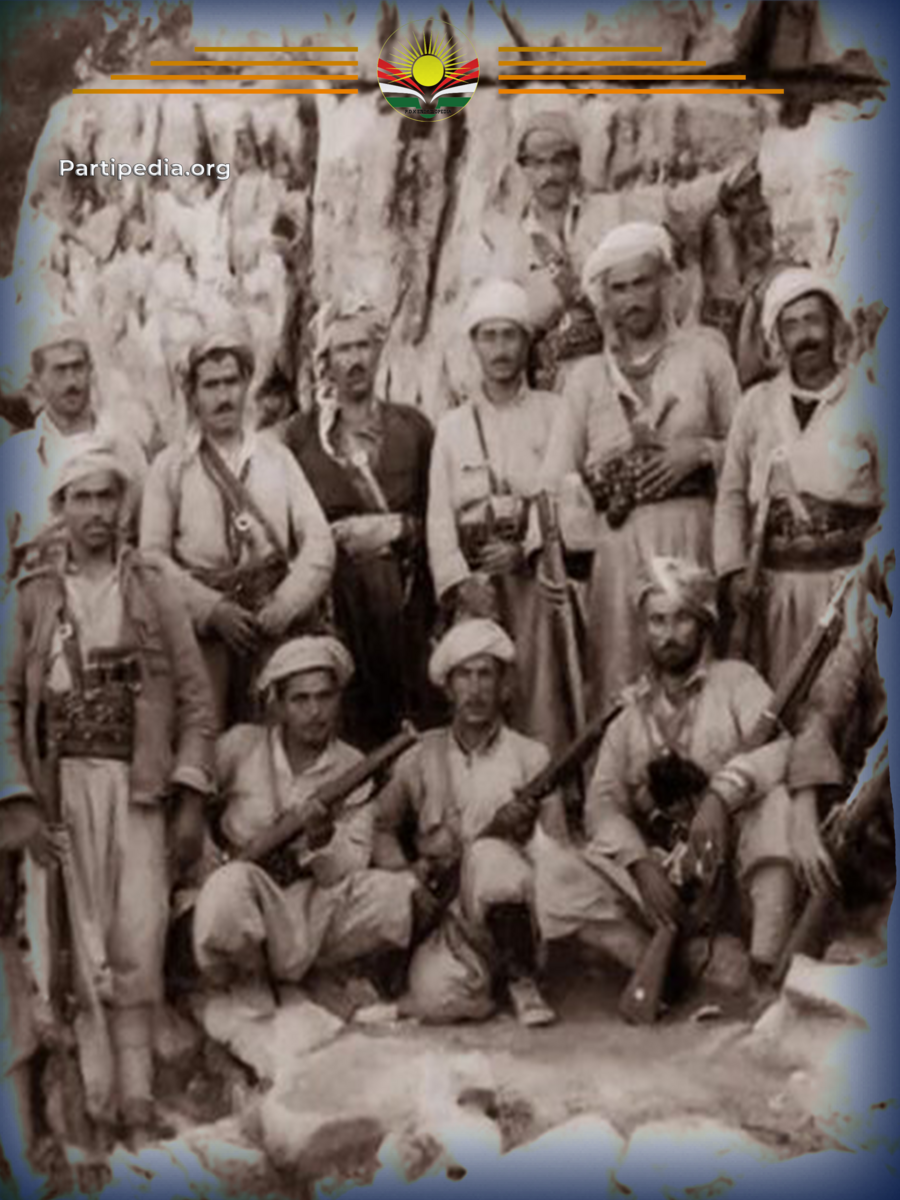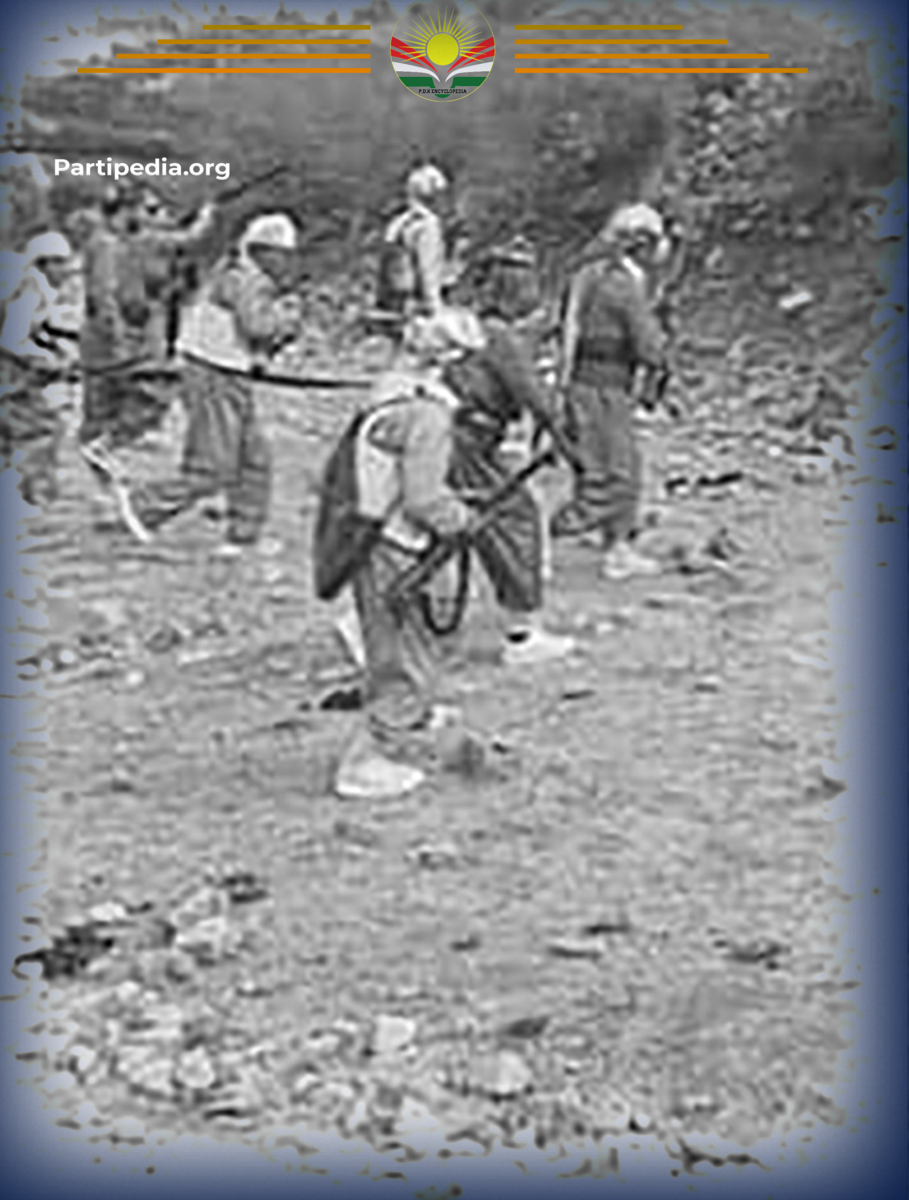The Ba'athists' hostile intentions toward the Kurdish people became evident following the February 8, 1963 coup, when they established the National Guard, one of the most infamous armed organizations in Iraq's history. After negotiations with the Kurdish leadership reached a deadlock, the Ba'athists openly revealed their malicious agenda. They boldly declared before journalists that the Iraqi army was preparing for an offensive against the beloved northern regions, leading to the killing of countless innocent Kurdish civilians. On June 10, 1963, the National Governing Council of Iraq announced that Erbil, Sulaymaniyah, Mosul, and Kirkuk would be designated as military zones, transforming these areas into the primary battlegrounds for their brutal military campaign.
The government focused its strategy on a key front while conducting intermittent skirmishes on others, ultimately choosing the Akre-Piers front with the objective of advancing toward the Barzan area. The operation was entrusted to two army divisions: the First Division, commanded by Staff Brigadier General Abdulkarim Farhan, and the Second Division, led by Staff Brigadier Ibrahim Faisal Ansari for the Mergasur front. The plan, developed under the direct supervision of Defense Minister Saleh Mahdi Ammash and Chief of Army Staff Tahir Yahya, was predicated on the belief that capturing Barzan would decisively crush the Kurdish revolution.
On June 15, 1963, the First Division, reinforced by 5,000 jashes, launched an assault on Mount Sar-e-Akre. Following a fierce battle, the Iraqi army succeeded in capturing the strategic location, suffering 69 fatalities and 122 injuries, while the jashes sustained 23 deaths and 37 injuries. The government forces then set their sights on Mount Piers. When news of this reached Mullah Mustafa Barzani, the iconic leader of the Kurdish revolution, he diverted his efforts to the battlefield. Barzani appointed Colonel Abdulkafi Nabawi as the head of the Spilk Front, with Abdullah Agha of Pishder as his deputy, and directed them to fortify the Spilk Front, predicting that the government forces aimed to advance from there toward Mergasur.
On the night of June 18-19, Mullah Mustafa Barzani personally took position at the village of Safti, on the northern slopes of Mount Piers. The Iraqi government targeted this location with a heavy bombardment using four Hawker Hunter helicopters, but Barzani miraculously escaped unharmed. Following this, he convened with Mullah Shani, the leader of the battlefront, and his aides to formulate a defense plan. Barzani ordered the Peshmerga to reinforce their positions on Mount Piers. Simultaneously, he dispatched a force under Omar Agha Dolamari to the Shush area, west of Mount Akre, to launch a rear attack on government forces, while Hadi Hasko was sent to Sar-e-Sada in the Zanta region to engage from the east. Additionally, Colonel Abdulkafi Nabawi was instructed to tighten pressure on the 3rd Brigade in Khalifan, which was already encircled by the Peshmerga.
On June 25, 1963, the Iraqi army, supported by 10,000 jashes, two artillery battalions, and four Hawker Hunter aircraft, launched a ferocious offensive against Mount Piers. The bombardment was so intense it seemed as though the entire mountain was ablaze. Despite being poorly armed with simple weapons such as English rifles, machine guns, shotguns, and limited ammunition for their 60mm cannons, the Peshmerga displayed extraordinary courage and determination. Their supplies were scant, relying on the local population to gather food such as dry bread, lentils, and rice to sustain them.
The fierce battle raged on until June 28, when government forces finally captured Mount Piers. The fall of the mountain came after relentless shelling and the martyrdom of Mullah Shne Bedaruni, a revered commander who had accompanied Barzani to the Soviet Union. Bedaruni, along with five fellow Peshmergas, fell on June 27 while valiantly defending the mountain. The Iraqi army extended their bombardment across a wide area, targeting the Nizar region at the base of Mount Piers in the north and Mount Shirin in the south, resulting in more civilian casualties than Peshmerga losses. Despite their disadvantages, the Peshmerga inflicted significant losses on the government forces in surrounding areas. For instance, an attack led by Omar Agha Dolamari on Shush and Sharman caused heavy casualties among the enemy forces, forcing their commander, Staff Colonel Saab Hardan, to retreat after sustaining injuries.
The Battle of Mount Piers, though ultimately a setback, remains a testament to the indomitable spirit and heroism of the Peshmerga. Several Peshmergas were martyred in the battle, including Din Kanialnji, Khan Bedaruni, Halkay Dolamari, Hussein Mohammed Agha Mergasuri, Ahmad Rashashchi, Shet Sarkeri, Saeed Sherwani, and many others. Their sacrifices serve as a lasting symbol of the Kurdish people's struggle for freedom and dignity.
Source:
١- مامخان شێراونى، بارزان و رەچەڵەکى بارزانیان، بێ شوێنى چاپ، 1995.
٢- مروان صالح ال معروف، مصطفى البارزانى زعیم الحرکة التحرریة الکوردیة، مطبعة حاج هاشم، أربیل، 2018.
٣- مەسعود بارزانى، بارزانى و بزووتنەوەى ڕزگاریخوازى کورد، بەرگى سێیەم، بەشى یەکەم، چاپخانەى وەزارەتى پەروەردە، 2004.
٤- شکیب عقراوى، سنوات المحنة فی کردستان، مدیریة مطبعة الثقافة، اربیل، 2007.
٥- شەوکەت مەلا ئیسماعیل حەسەن، رۆژانێ لە مێژووى شۆڕشى ئەیلول، چاپى دووەم، نووسینگەى تەفسیر، هەولێر، 2006.
٦- حاجى میرخان دۆلەمەڕى، گەڕان بە دواى دادپەروەریدا، بەرگى یەکەم، بێ شوێنى چاپ.
7.kdp Encyclopedia Archive.

